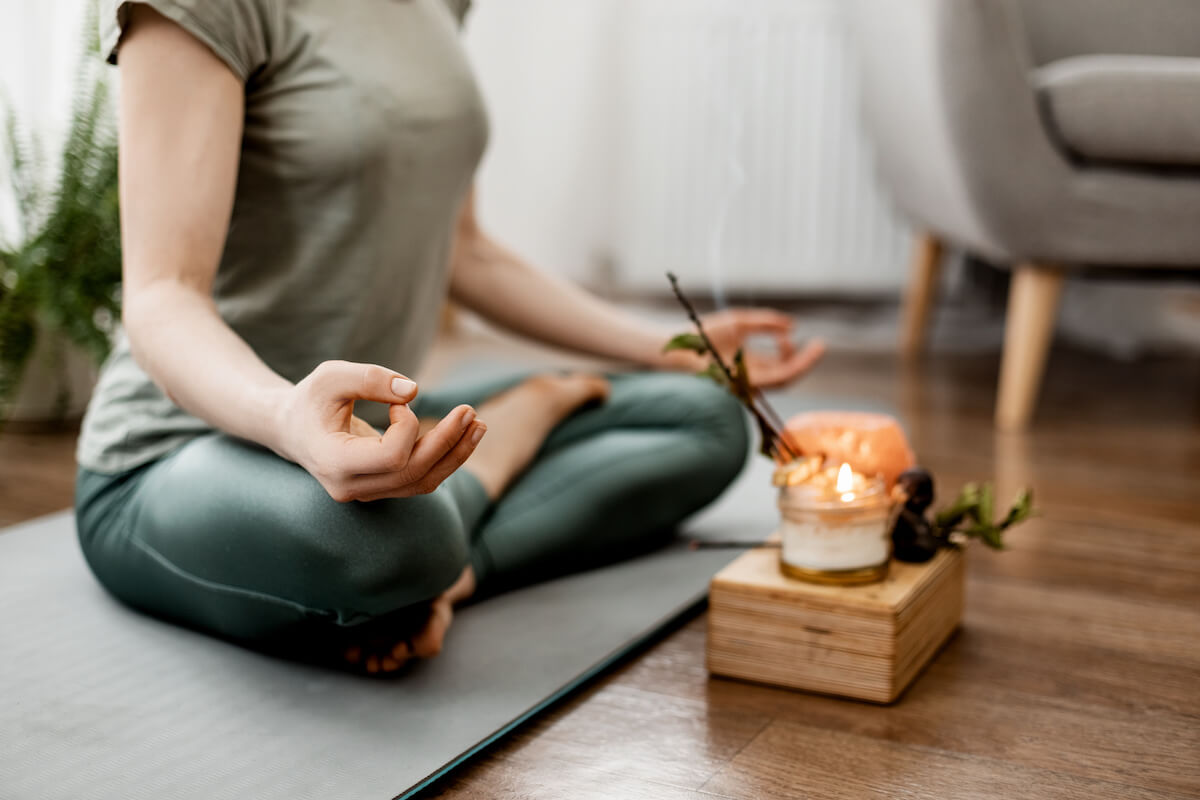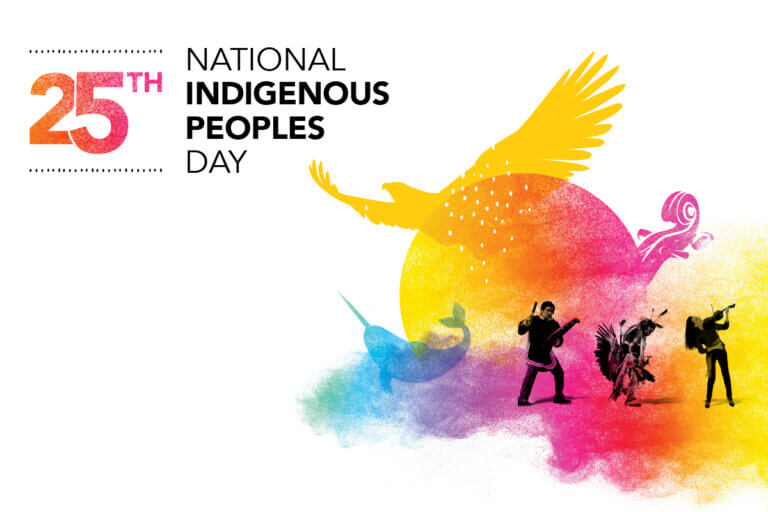As an ancient tradition rooted in several different cultures and spiritual beliefs, meditation is a practice that’s been changing people’s lives for centuries. In the modern age, it continues to find traction as celebrities, public figures and trendy wellness outlets sing its praises, and regular people connect with the benefits of meditation every day. Meditation is one of the best stress relievers for adults — taking deep, conscious breaths throughout your day is an easy way to relieve stress quickly. That’s why we’ll be sharing five different types of meditation practices, and which one is best for you.
There’s Something for Everyone in the World of Meditation
Today, there are hundreds of apps, platforms and tools at your disposal to help you master this powerful mental hygiene practice. But instead of making the meditation practice more accessible, the paradox of choice can make many people feel reluctant to dive into the world of meditation, let alone add it to their daily routine on good faith that it will be as magical for them as it has been for others.
While the practice was originally intended to act as a means of connecting with God and finding spiritual enlightenment, it’s evolved significantly over the years, splitting off into hundreds of different variations, methods and styles to suit the diverse populations it has served. In other words, you may be wondering what types of meditation practices could potentially fit into your lifestyle, and how they might help you reach your goals. There’s truly something for everyone in the world of meditation, so it’s always best to experiment with as many techniques and styles as you can to find what works for you.
Different Types of Meditation Practices
Remember, at this point, there are multiple different types of meditation practices out there that might resonate with you. But if you’re wondering where to start, here are just five meditation styles and how they might suit your goals overall:
1. Transcendental Meditation

Created by Maharishi Mahesh Yogi in India in the 1950s, Transcendental Meditation involves silently repeating a mantra several times over the span of 15 or 20 minutes, while sitting in a relaxed position with closed eyes.
The idea behind this meditation technique — which has been favored by celebrities like Oprah and The Beatles in the past — is to transcend the everyday thoughts and mental chatter that take up so much space in our minds.
Out of the different types of meditation practices out there, this one is perfect for anyone with an overactive inner monologue that just won’t quit.
2. Trauma-Informed Mindfulness

Trauma-informed mindfulness refers to meditative practices that are designed to help people heal from trauma.
According to PTSD Research Quarterly, recent reviews suggest meditation-based approaches are promising as either an intervention or preventative measure for management of stress/PTSD, but it requires further investigation.
If you’re suffering from the negative impacts of past trauma on your life, this is one of the types of meditation practices you may want to explore. Seek the help of a practitioner who is trained in trauma-informed mindfulness to supplement your current treatment plan.
3. Vipassana Meditation
Related Articles

As the oldest form of Buddhist meditation, vipassana meditation has been practiced for thousands of years. The word vipassana can be translated into “insight,” which reveals more about the true purpose behind this technique: to observe your thoughts and emotions as they are, without judgement.
By engaging in noticing everything in your inner and outer environment as it really is, instead of as you perceive it, you’ll eventually achieve a clearer, more objective view of yourself, your thoughts and the world.
Begin by paying close attention as the breath flows in and out of your nose, then allow your awareness to drift towards other aspects of the present moment like your body or any sounds you might hear in the room. Observe what you’re thinking and feeling without reacting or judging.
4. Walking Meditation

Although we tend to think of meditation as a time to sit quietly without moving our bodies, walking meditations can be just as effective as seated sessions. To get started, choose a walking trail, preferably one that’s surrounded by nature, and anchor your attention in the present moment.
Notice the sounds, sights and smells around you during your walk, and allow any thoughts to drift by you as you take on the role of the conscious observer.
Among the different types of meditation practices to try, this one is ideal for anyone who just can’t seem to sit still for too long, or for those who are hoping to boost their step count.
5. Visualization Meditation

While most types of meditation practices include observing the breath, thoughts or sensations in the body, visualization meditation invites the meditator to instead turn their focus to mental imagery that makes them feel happy and at peace. For example, you may visualize your entire body filling up with a golden, sparkling light, or opening and closing like a flower each time you breathe in and out.
If you’re working towards a specific goal in life, you can also visualize yourself achieving it so you can generate the emotions associated with that event and ultimately bring it to fruition in real life.
Visualization meditation is one of the types of meditation practices that will appeal to anyone who is working towards a specific life goal, or people who are more visually oriented in general and tend to respond to beautiful imagery.
Lead image by Photocreo Bednarek/Adobe Stock.







